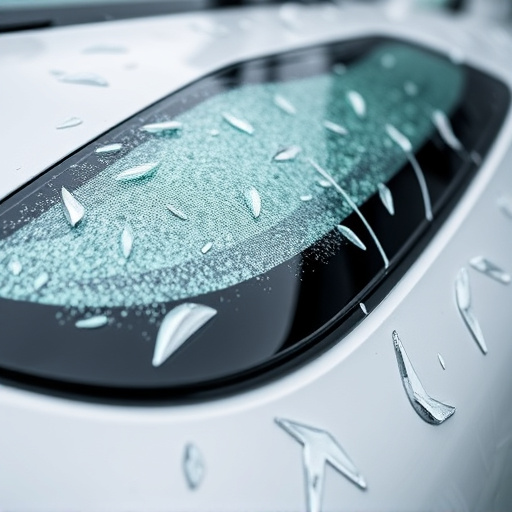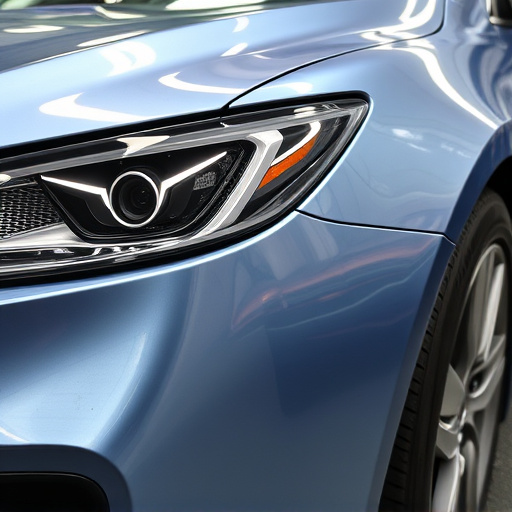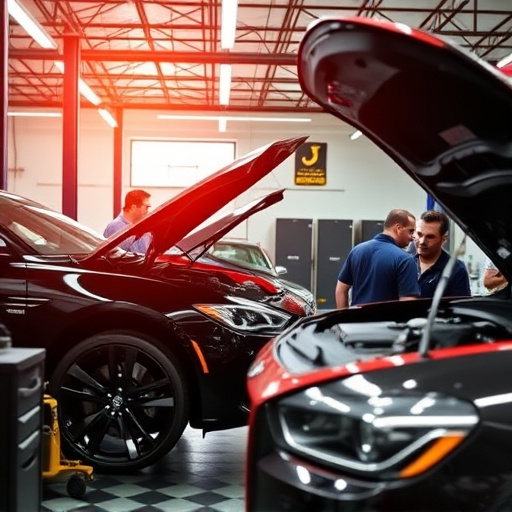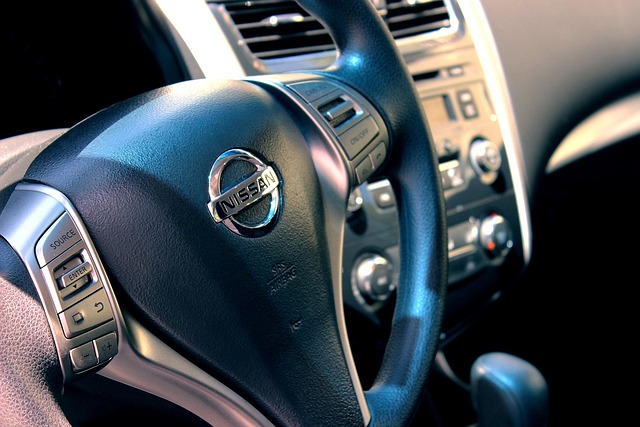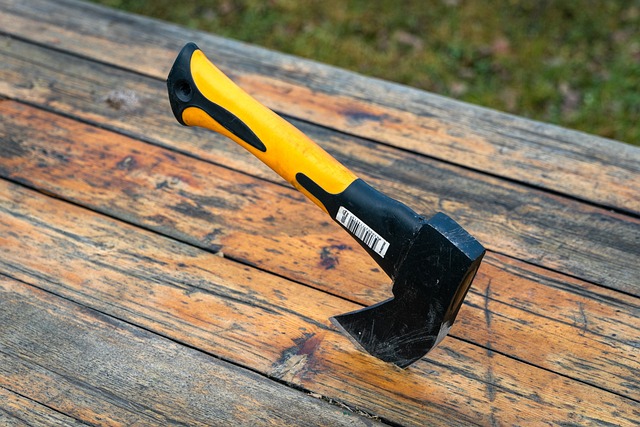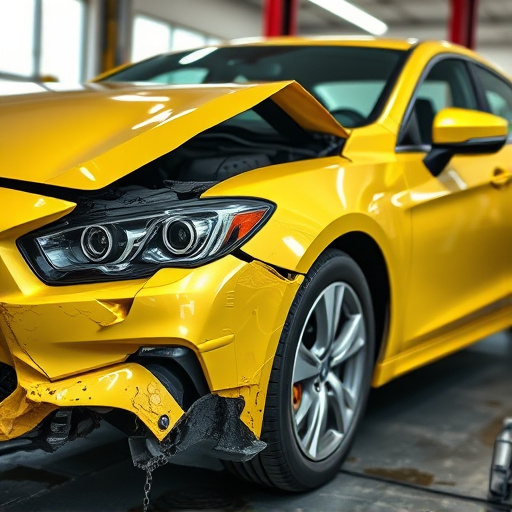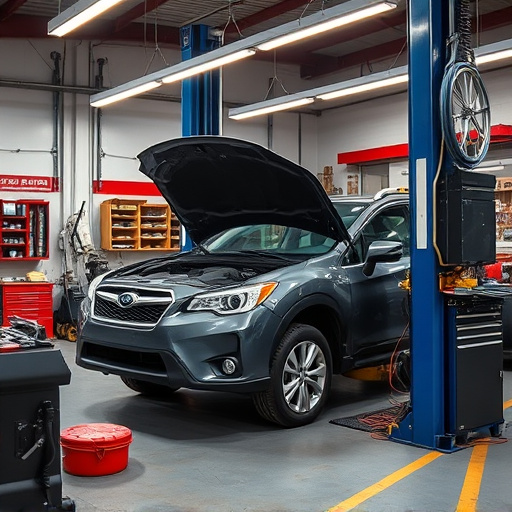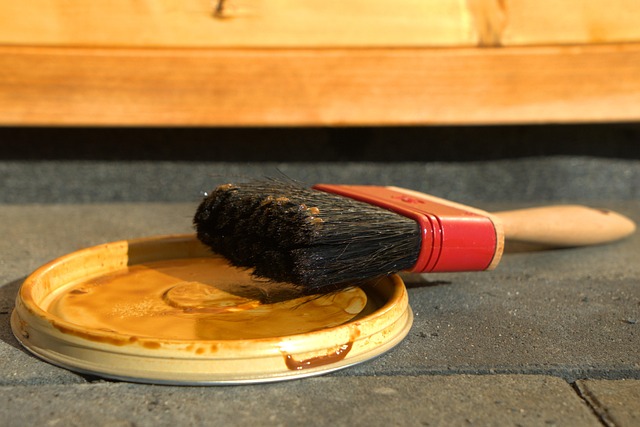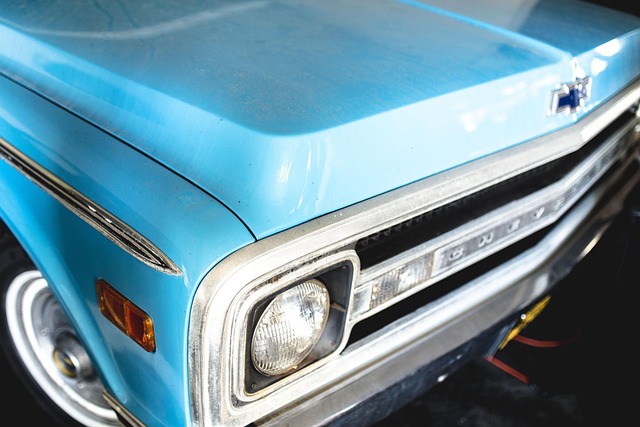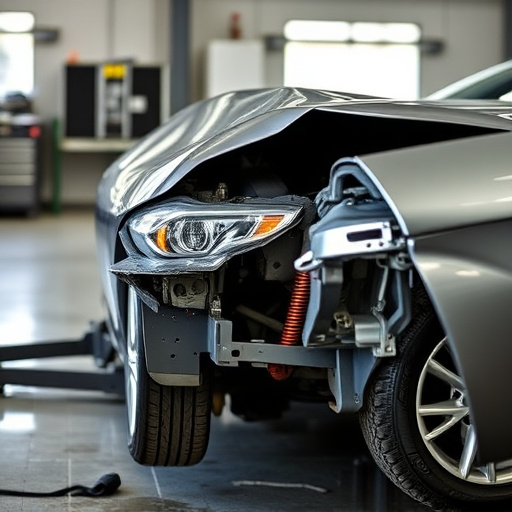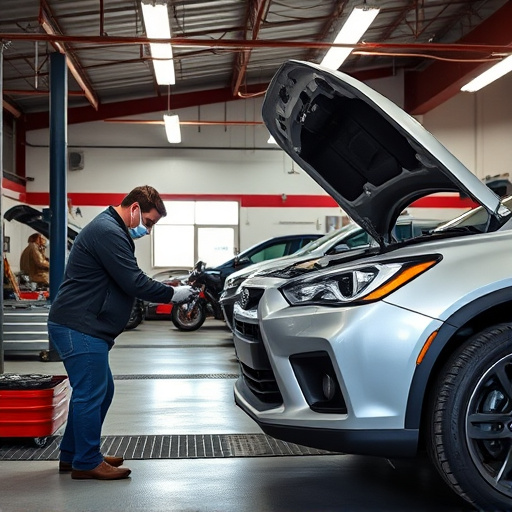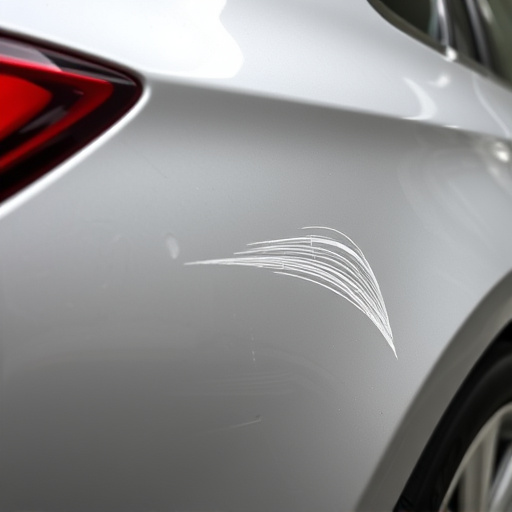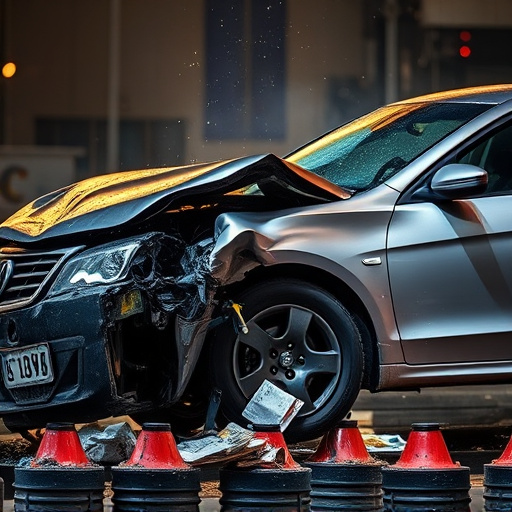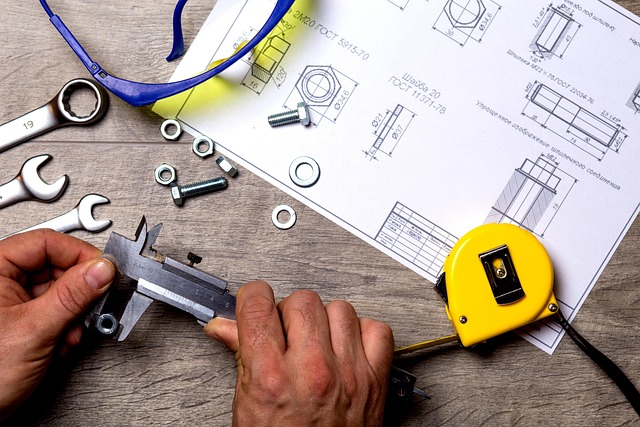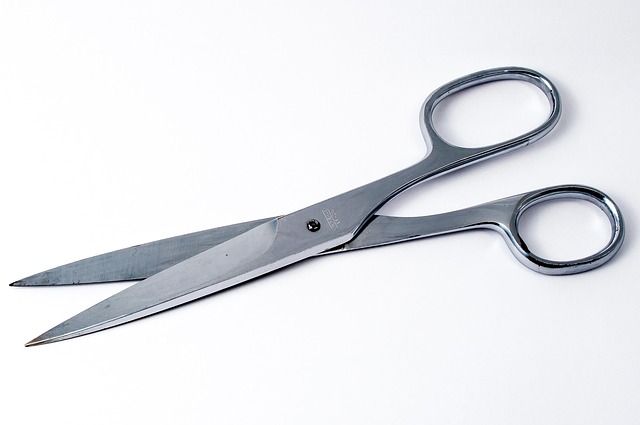Paintless dent repair (PDR) is a specialized technique for restoring damaged car bodies without traditional painting, saving time and money. Professionals use advanced tools to manipulate metal without harming the surrounding finish through assessment, clamping, shaping, and polishing. Mastering PDR efficiently requires a structured process: assess dents, prepare workspace, use correct tools and compounds, and practice for smoother finishes. Strategic planning and tailored techniques for different dent sizes enhance efficiency in delivering quick and quality results.
“Discover the art of paintless dent repair (PDR) and master it efficiently! This comprehensive beginner’s guide uncovers the secrets behind this popular automotive restoration technique, focusing on saving time without compromising quality. From understanding the basics and essential tools to a step-by-step approach, you’ll learn techniques to tackle dents swiftly. Additionally, we offer valuable tips for optimizing your PDR workflow, ensuring you minimize repair times and maximize results. Get ready to transform dented surfaces into flawless finishes!”
- Understanding Paintless Dent Repair: Techniques and Tools
- Step-by-Step Guide to Mastering PDR in a Timely Manner
- Optimizing Your Time: Tips for Efficient Paintless Dent Repair
Understanding Paintless Dent Repair: Techniques and Tools
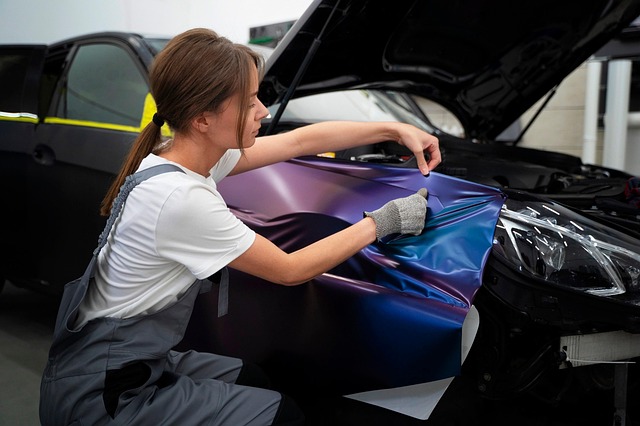
Paintless dent repair (PDR) is a specialized technique used to restore damaged car bodies without the need for traditional auto painting. This non-invasive method focuses on removing dents, dings, and creases from a vehicle’s surface, effectively returning it to its original condition. PDR professionals employ a range of advanced tools and techniques, including dental picks, hammer tools, and air guns, to manipulate the metal without damaging the surrounding finish.
The process involves several steps: assessment, clamping, shaping, and polishing. During assessment, technicians identify the extent of damage and plan the repair strategy. Clamping uses specialized clamps to hold the dented panel in place for precise manipulation. Shaping involves inserting tools into the dent to lift and mold the metal back to its original form. Finally, polishing removes any residual imperfections, leaving a smooth, undetectable repair that requires no repainting, thus saving time and money compared to conventional vehicle body shop repairs or complete auto painting jobs.
Step-by-Step Guide to Mastering PDR in a Timely Manner

Mastering paintless dent repair (PDR) in a timely manner involves a systematic approach and practice. Start by assessing the dent’s size and depth; this will determine the tools needed for the job. Next, prepare your workspace by ensuring adequate lighting and laying out all necessary equipment, including dent pullers, tabs, and a vacuum pump. The process begins with the application of a special gel or compound to the dented area, which helps adhere the repair tool. Using the appropriate tool, gently apply pressure while lifting the dent from the car’s panel.
Regularly remove and reapply the compound to ensure a smooth finish. Once the dent is removed, use tabs to flatten any remaining peaks or imperfections. The final step involves polishing the area with a buffer to blend it seamlessly with the surrounding paintwork. Remember, PDR is an art that requires patience and precision; consistent practice will significantly reduce your repair time over time. For more complex fender repairs, consider seeking guidance from experienced car body shop professionals who can offer valuable tips tailored to your specific needs.
Optimizing Your Time: Tips for Efficient Paintless Dent Repair

Efficiently managing your paintless dent repair time is key to ensuring quick and quality results. One of the best ways to optimize your process is by preparing your workspace and tools in advance. Gather all necessary equipment, inspect each dent thoroughly, and plan out the repair steps before you start. This reduces time-wasting during the job.
Additionally, consider using the right techniques for different dent sizes and types. Smaller dents often require less time, while larger ones might demand more meticulous work. Leveraging your time by focusing on complex areas last can also enhance efficiency. Remember, a well-organized approach and strategic planning significantly contribute to successful paintless dent repair, ensuring you deliver top-notch car body restoration or collision repair services every time.
Paintless dent repair (PDR) is an efficient and effective method for removing dents, scratches, and dings from vehicle bodies without the need for painting. By understanding the techniques, investing in the right tools, and following a structured step-by-step guide, beginners can master PDR in a timely manner. With optimal time management strategies in place, you can complete repairs quickly while maintaining high-quality results. Now that you’re equipped with the knowledge and tips, it’s time to reduce those car dents—one smooth, precise move at a time.
